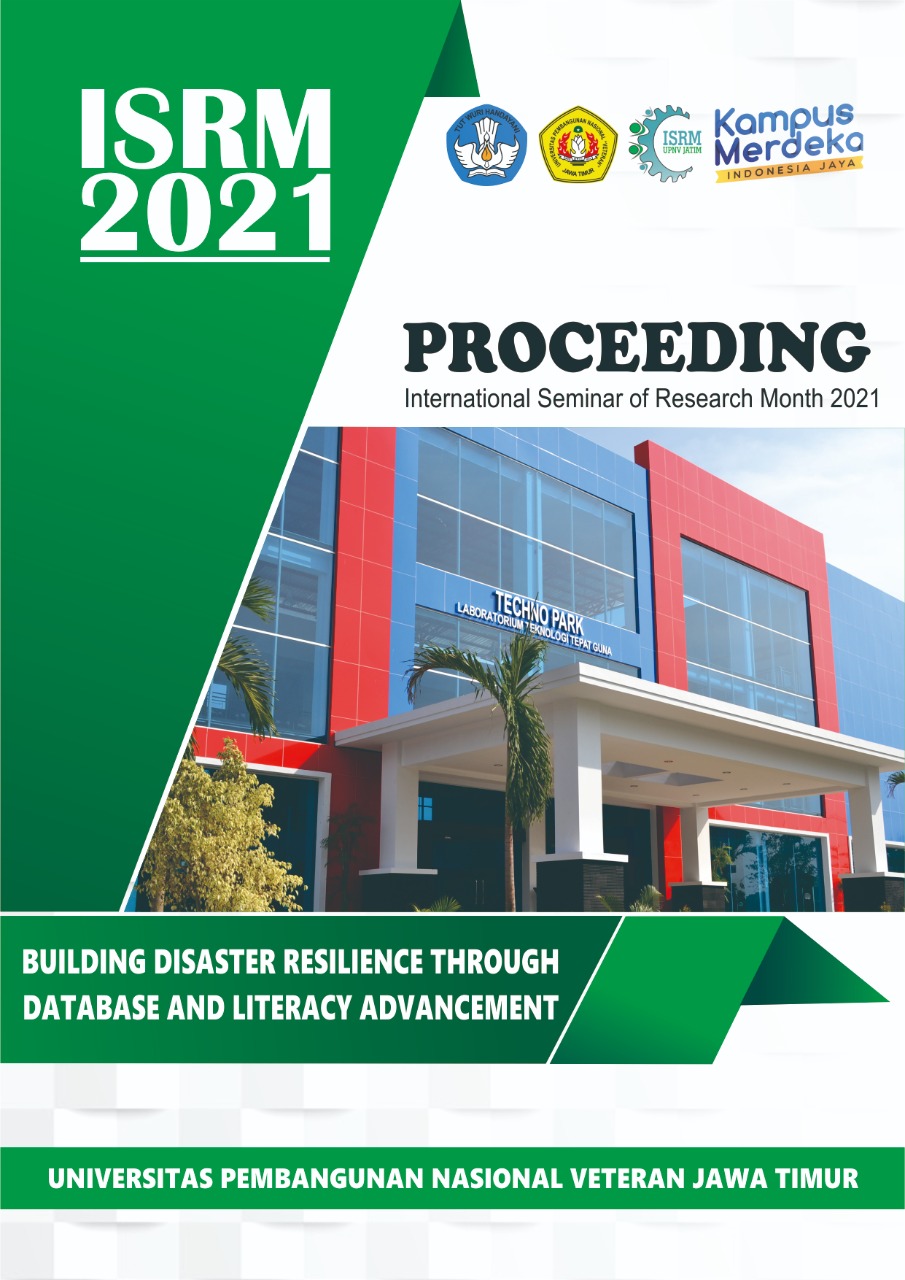Feature Extraction for Face Recognition Using Haar Cascade Classifier
DOI:
https://doi.org/10.11594/nstp.2022.2432Keywords:
Feature extraction, face recognition, haar cascade classifierAbstract
This is an era where sophisticated technology can develop rapidly, one of which is technology in the field of computer vision, such as facial recognition systems that can be used in security systems, access control systems, smart cards, and surveillance systems. In developing a face recognition system, the level of recognition accuracy can be influenced by several factors, namely lighting factors, facial expressions, facial positions, and changes in facial attributes. This study uses the Haar Cascade Classifier method in facial extraction and is assisted by using CNN for facial classification. This research uses python programming and the Open CV library.
Downloads
Downloads
Published
Conference Proceedings Volume
Section
License
Copyright (c) 2022 I Gede Susrama Mas Diyasa, Alfian Hendika Putra, Mohammad Rafka Mahendra Ariefwan, Primus Akbar Atnanda, Fetty Trianggraeni, Intan Yuniar Purbasari

This work is licensed under a Creative Commons Attribution 4.0 International License.
Authors who publish with this proceedings agree to the following terms:
Authors retain copyright and grant the Nusantara Science and Technology Proceedings right of first publication with the work simultaneously licensed under a Creative Commons Attribution License that allows others to share the work with an acknowledgement of the work's authorship and initial publication in this proceeding.
Authors are able to enter into separate, additional contractual arrangements for the non-exclusive distribution of the proceedings published version of the work (e.g., post it to an institutional repository or publish it in a book), with an acknowledgement of its initial publication in this proceeding.
Authors are permitted and encouraged to post their work online (e.g., in institutional repositories or on their website) prior to and during the submission process, as it can lead to productive exchanges, as well as earlier and greater citation of published work (See the Effect of Open Access).














